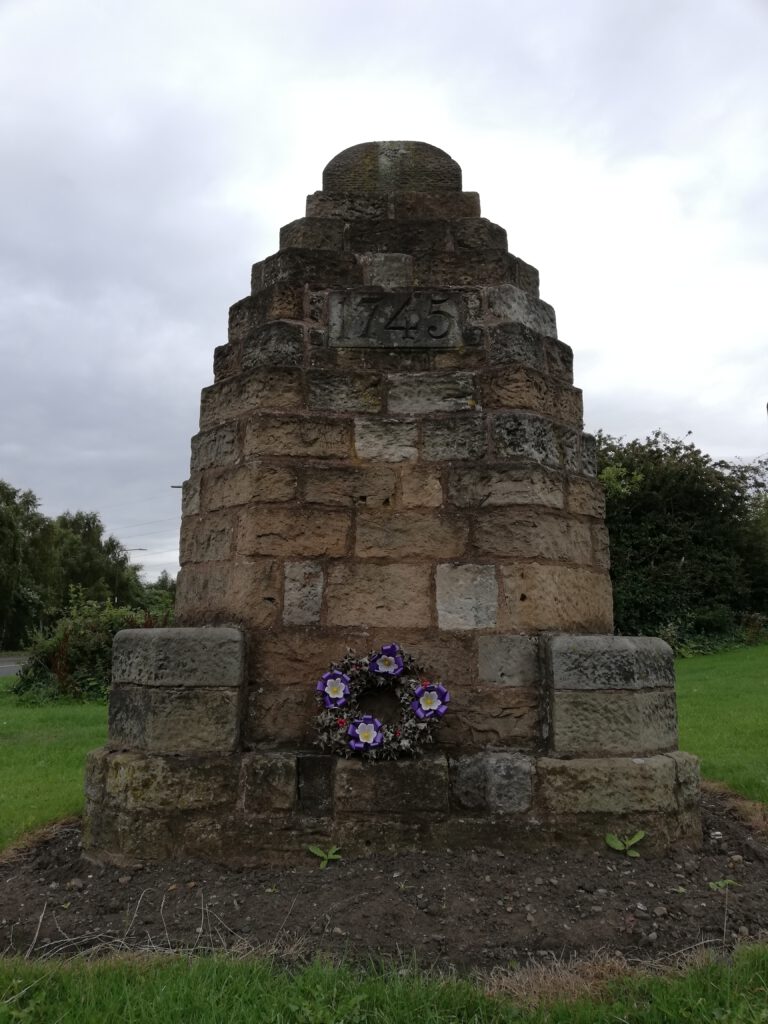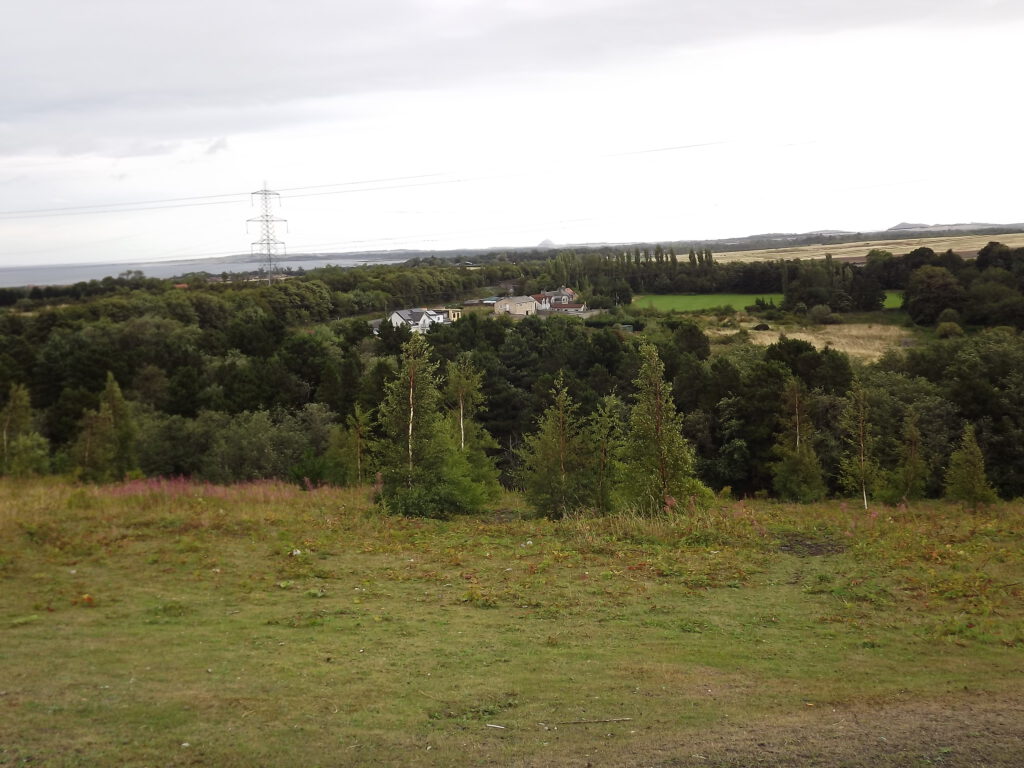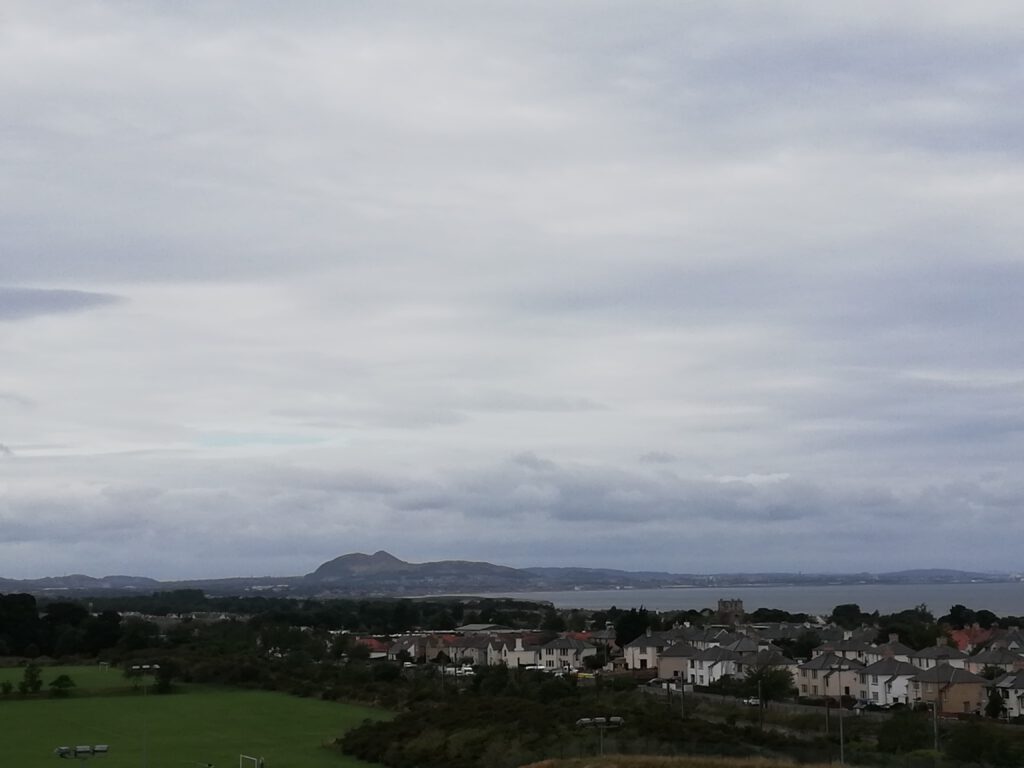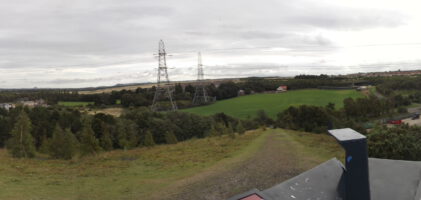Location: Prestonpans, East Lothian, Scotland
today: site with information boards open to the public
public transport: buses and trains from Edinburgh city centre to Prestonpans
date of battle: 21st September 1745
battlefield managed by: The Battle of Prestonpans Heritage Trust
entrance fee: £ 0 (entrance fee to the visitor centre might occure)
opening times: all day/all year round
directions: Google Maps

The Battle of Prestonpans is often overshadowed by the Battle of Culloden, if you look at it though it takes up a way more important role than just that of a battle leading to the “grand final”. It was fought near the back then smaller town of Prestonpans, East Lothian just a couple of miles east of Scotland’s capital Edinburgh.
The battle was also known as Battle of Gladsmuir and was part of the last Jacobite rising of 1745, famously fought on September 21st 1745 nearly eight months before The Battle of Culloden (The Battle of Culloden – A scottish World). It is also referred to as the first significant battle during the 1745 rising, given the fact that the Jacobite’s took home a victory over the British Government.

The armies were similar strong both between 2,000 and 2,500, however given them winning the Jacobite’s suffered less casualties than the Government forces, this was for sure due to the famous Highland charge under which John Copes forces must have broken pretty quickly, also cutting the battle as short as just about 30 minutes.
This mentioned armies are part of why I personally think this battle to be one of the most significant ones aside from Culloden. The Jacobite army was formed of farmers, peasants and rebels all of whom didn’t have much knowledge, never to mention experience, of fighting. On top of that they were led by the young Prince Charles Edward Stuart (Bonnie Prince Charlie) who definitely didn’t have any previous experience in battle. This army standing against King George II’s army led by Sir John Cope is quite amazing, but they winning must have been a mayor boost of morale which the army loyal to James Francis Edward Stuart (Charles father) definitely needed.

Like with every battle there is always something which led up to the battle, in the case of Prestonpans it was obviously the Bonnie Prince arriving in Scotland, but we will start closer to the battle with Sir John Cope leading his army out of Dunbar on the morning of the 19th September and toward the Jacobite forces which left Edinburgh moving east the next day. Before that the Jacobite’s had secured the capital, though they never took the castle.
So, on the 20th the two armies met in East Lothian, with the battle itself happening the following morning, however, there were important events happening during that night so the two forces meeting in the afternoon of the 20th is kinda an important sidenote.

On the 19th of September however, there were other important things happening such as the decision of Prince Charlie commanding his forces from the second line rather than leading the attack, this still was enough of a risk, the chiefs would have preferred him staying on the side-lines, but second line was still better than leading the attack!
The next day the Jacobite army arrived at Birslie Brae, west of Tranent from where they had their first look down onto the open farmland on which the redcoats had pitched their camp. The marshy ground between the farmland and the Jacobites position did prove a problem, the English couldn’t attack but the Highland charge would have been without any effect given that the fighters would have gotten stuck in the ground, either which left the two forces to fight another day.

For the rest of the day the English and the Jacobites changed positions and fired at each other a couple of times, there were a couple of casualties but, there was no “battle” itself. It wasn’t until the evening that the Jacobites got information from Robert Anderson of Whitburgh, who suggested to take a pathway down onto the plan avoiding the marshy land which now lay between the two forces. The side effect of that would be that there won’t be any high ground and the Government forces having the greater firepower would have a clear advantage. The bonnie Prince however, decided that this risk was worth taking.
And so around midnight the Jacobite force started to move their position, covered by the darkness reaching the plain field just before dawn right in time to form their battlelines. The forming of battlelines to their east instead of the west alerted the British Army which rushed into position, rapidly changing alignment now facing towards the rising sun.
Initially staying in line, the Jacobite Army advanced. As soon as the British artillery opened the fire the Highlanders changed their approach moving more rapidly. Exchanging musket fire both sides already had casualties at that point in time, but when the Jacobites started charging the British artillery started to flee while parts of the dragoons drew back. The chaos in the British lines must have been incredible.

At the end of the battle many redcoats were dead and the rest except of the cavalry (which managed to escape) were taken prisoner. By 6 am everything was over and just the follow-up tasks such as securing the baggage had to be completed. Surgeons form Edinburgh were summoned to treat the wounded and the Prince returned to Edinburgh, forbidding open celebrations of the victory.
Many people these days who know about the battle also know about the Prestonpans Tapestry which was completed in the 21st-century and shows the famous battle.
And in 2020 a dedicated visitor centre opened, bringing the story of the battle alive, inspiring future generations to continue its lasting cultural legacy. Unfortunately, I can’t give you any information about the visitor centre since my visit of the Battlefield was back in 2018 before the visitor centre was constructed.


